Top inventions and technical innovations of World War 2
Much of the technology we take for granted today was developed in the Second World War and helped shape the world today
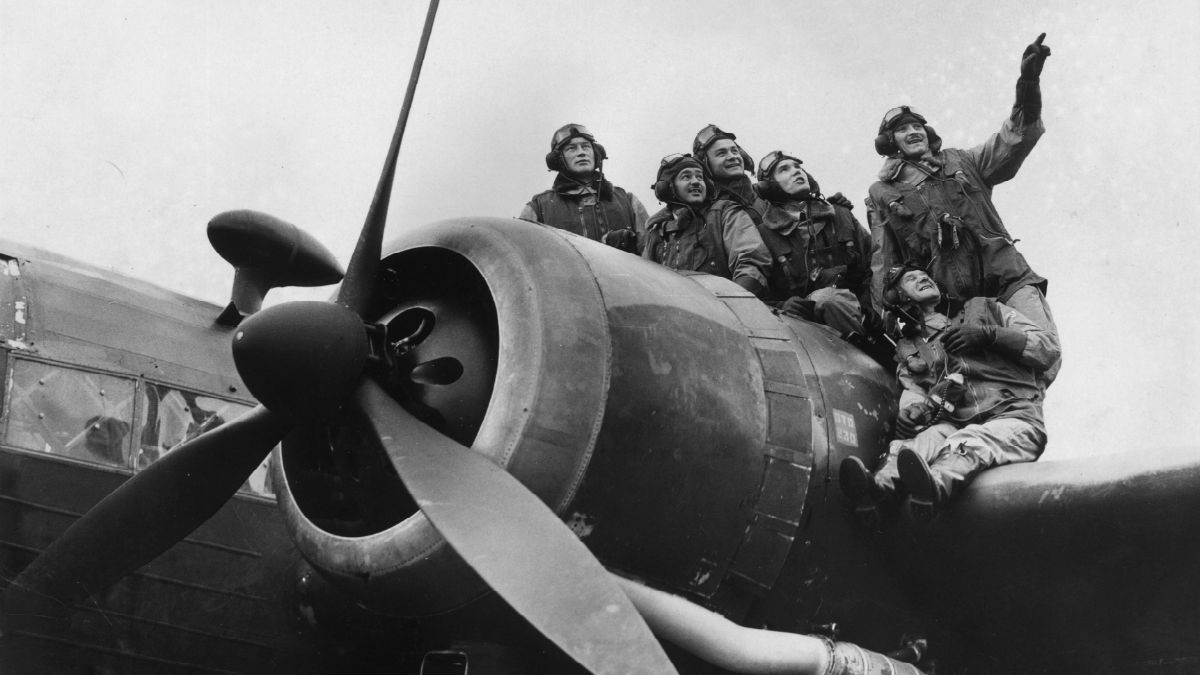
8. Radio navigation and landing
When the war started the aeroplane was relatively new as an instrument of war. How to wield it effectively meant a steep learning curve and some of the greatest inventions that affect how we fly around the world today. Much emphasis, in the UK, was placed on Bomber Command, particularly because in the early part of the war it was the only part of the British armed forces capable of striking back at Germany. It gave the nation hope at a time when there was little. For this, there was a high price to pay and the chances of a bomber command serviceman surviving the war was less than that of an infantryman in WWI. Of the 125,000 British aircrew who served, a staggering 55,573 were killed in action.
One of the most pressing problems was getting planes to and from the target safely, while increasing accuracy. At the start of the war there were no navigation systems and many bomber crews were wildly off target, completely missing the areas that they were supposed to be attacking. This was made even harder by Bomber Command's decision to fly night time sorties only, under the thought that it was safer than flying daytime raids.
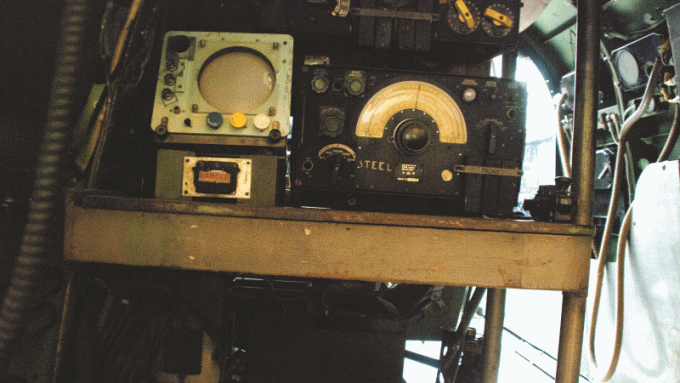
^ The navigator's section contained all of the equipment necessary for direction finding
The Week
Escape your echo chamber. Get the facts behind the news, plus analysis from multiple perspectives.

Sign up for The Week's Free Newsletters
From our morning news briefing to a weekly Good News Newsletter, get the best of The Week delivered directly to your inbox.
From our morning news briefing to a weekly Good News Newsletter, get the best of The Week delivered directly to your inbox.
In order to help the crews, several navigation systems were created. For accurate blind bombing, the systems Oboe and Gee-H (radio-based systems) were used, although these could only be used by a very number of planes at once. This limited them to being used by the pathfinder force, which used dedicated planes to drop targeting flares in order to improve accuracy for the rest of the bombers.
For everyone else, GEE came into play. GEE was a radio navigation system invented by Robert Dippy, designed to be used by multiple planes. The system worked using three broadcast base stations, sending out transmissions at regular intervals. A master station sent out a single pulse, then the first slave sent out a single pulse one millisecond later, followed 1ms later by the master sending out a double pulse, and finally the second slave sent out a single pulse 1ms later. The entire system repeated every 4ms.
Receiving equipment on board the plane displayed the pulses from the three stations as blips on an oscilloscope. As the time between the pulses was strictly regimented, the display equipment would give the difference in time between the reception of each pulse, and thus the distance from each station. Hyperbolae charts helped the navigator plot the plane's position. Each hyperbolic line showed a constant time difference for the master and slave stations. Using this, the navigator could look for the intersection of the two hyberbolae representing the slave stations to work out the position.
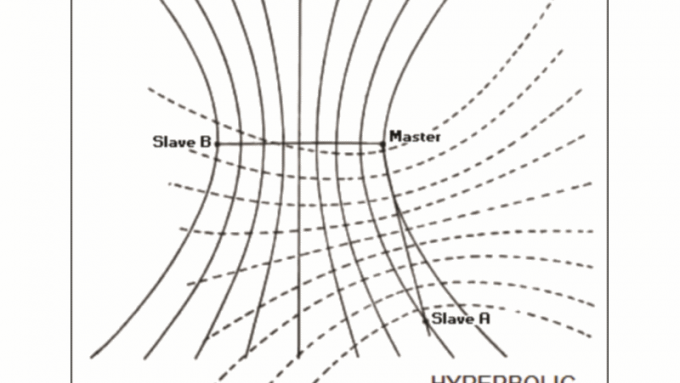
^ Charts helped the navigator plot the distance from the broadcast stations and thus work out the aircraft's position
A free daily email with the biggest news stories of the day – and the best features from TheWeek.com
With a range of around 400 miles (accuracy was within a mile at long range over Germany), the system wasn't accurate enough to be used for blind bombing, but it was enough to set the bomber stream in the right direction and get the planes into enemy territory, where they'd be able to find the targeting flares dropped by the pathfinders.
Part of the beauty of the system was that it didn’t require the bombers to carry any broadcast equipment - unlike Oboe and Gee-H - which meant that the Germans couldn't detect the bombers using detection equipment. Nor could the Germans use the signals to work out where the attack was going to come.
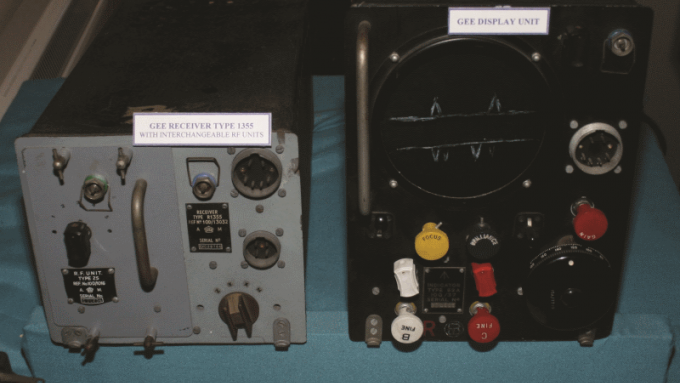
^ The Gee navigation system helped bombers find their way accurately to the target location
After the war Dippy moved to the US, where he worked on the successor system, LORAN (LOng RAnge Navigation), which had a range of 1,200 miles. This radio based navigation system was used around the world in conjunction with VOR beacon-based navigation and has only recently been phased out due the popularity and increased accuracy of GPS. However, there are campaigns to get funding back into the LORAN system, so that it can be used as a backup should GPS fail. From Bomber Command's desire to strike back at Germany came the very first radio navigation system and the start of modern accurate direction finding.
Landing
Getting up was one thing, but landing successfully, particularly in the dark was just as dangerous for bomber crews. It was with this in mind that several systems were developed by the Allies to help the incoming bombers set-down safely. Key to this was the Rebecca transponder unit mounted on the aircraft. In itself it acted as a system to tell friend from foe, and similar systems are used on modern planes to identify them. Rebecca could also be used with the Eureka ground-based transmitter.
When the bombers neared home, the Rebecca unit sent out a transmission, which triggered Eureka to reply. The returned pulses were measured on the left and right aerials. By measuring the signal amplitude on both, it was possible to tell which direction Eureka and the airfield lay. Meanwhile, the delay between the broadcast and reply gave range, accurate to within two miles. From this technology modern beacon-based navigation systems were invented, many of which are still in operation, although GPS is taking over. Once the planes knew where to land, the job wasn't done and the British invented the Blind Approach Beacon System (BABS) to help aircraft land safely.
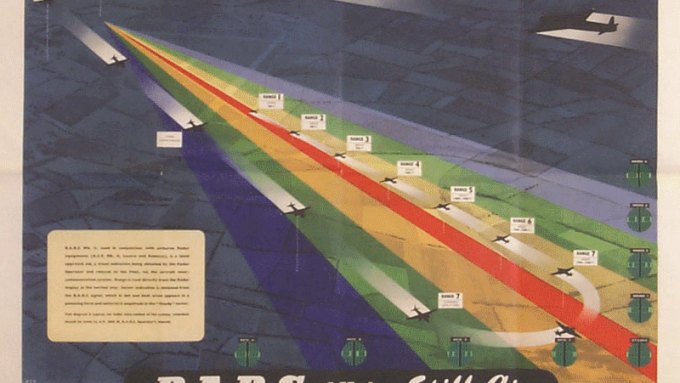
^ Landing aircraft was made safer and easier by the Blind Approach Beacon System CROWN COPYRIGHT, RAF MUSEUM: Crown copyright material is reproduced with the permission of the controller of Her Majesty's Stationery Office
It was the first radar landing system to be created. The system uses a transponder placed in a Hillman van at the end of the runway. This was interrogated by the Rebecca unit mounted in the aircraft. In response the BABS sent a transmission of dots on one side of the runway and dashes on the other side. The strength of the reception of both signals could be used inside the aircraft to tell its relative position, and help the pilot align the aircraft safely.
Today, the Instrument Landing System (ILS) uses a similar system, presenting the pilot with instructions on whether to fly left, right or even up or down. This technology is essential to helping thousands of planes across the world land in poor conditions, every day.
Click here for more inventions and innovations of World War 2
-
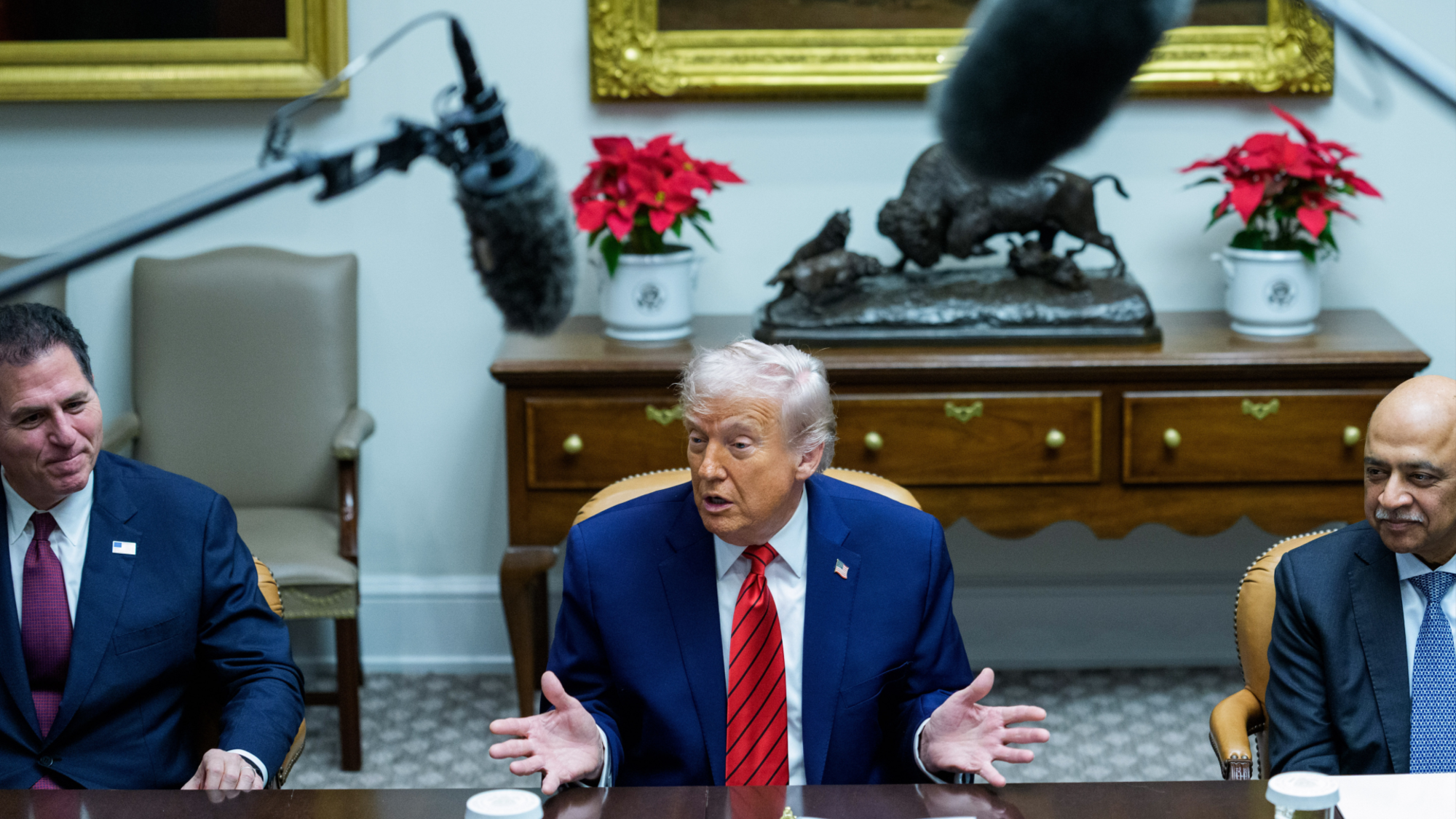 What role will Trump play in the battle over Warner Bros. Discovery?
What role will Trump play in the battle over Warner Bros. Discovery?Today’s Big Question Netflix and Paramount fight for the president’s approval
-
 ‘The menu’s other highlights smack of the surreal’
‘The menu’s other highlights smack of the surreal’Instant Opinion Opinion, comment and editorials of the day
-
 Education: More Americans say college isn’t worth it
Education: More Americans say college isn’t worth itfeature College is costly and job prospects are vanishing